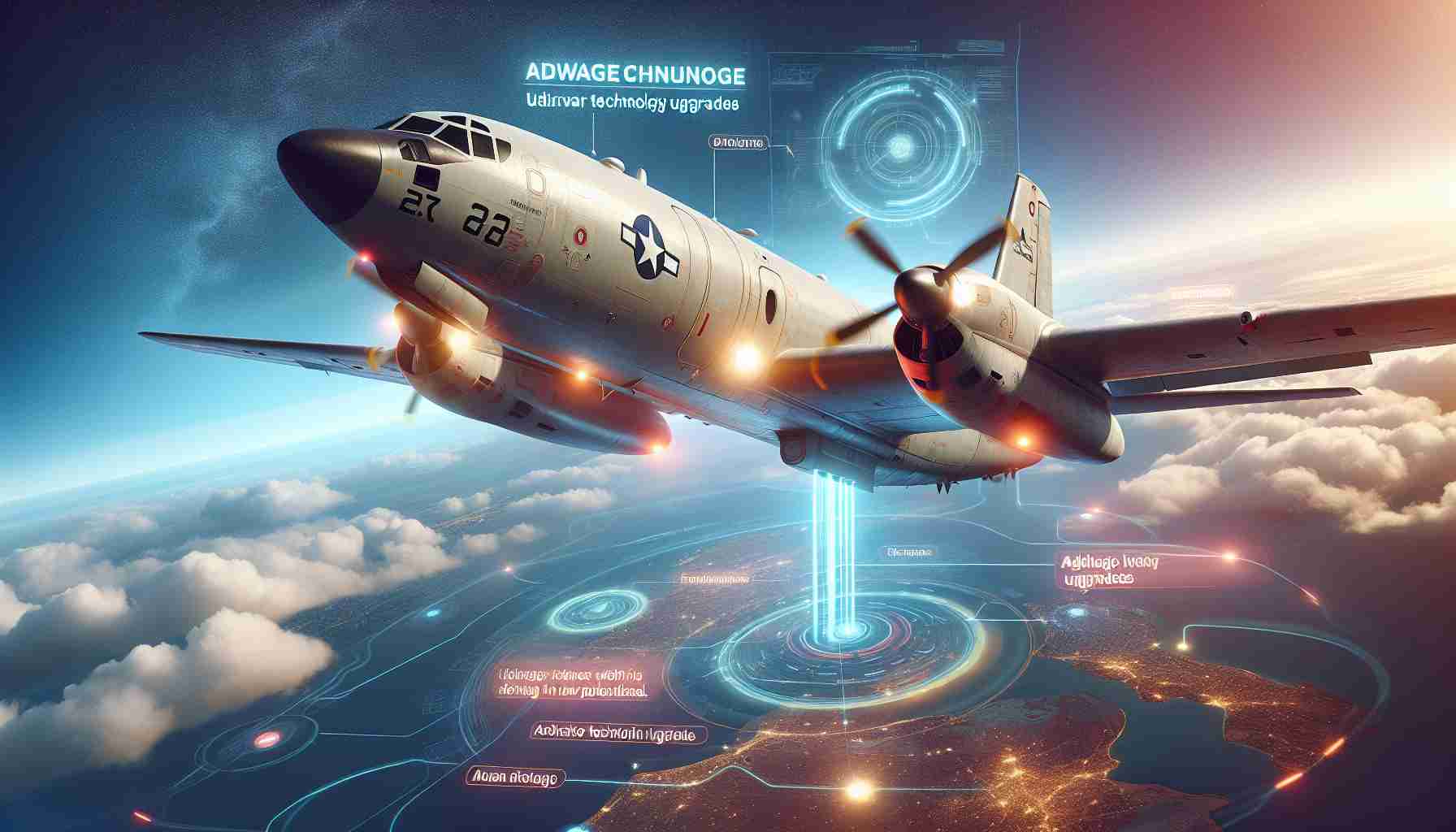The venerable P-3 Orion, a workhorse of military aviation developed by Lockheed and introduced in the 1960s, is experiencing an unexpected resurgence thanks to modern technology. As newer aircraft like the P-8 Poseidon replace the Orion in many fleets, the question arises: why is the P-3 still relevant?
Advancements in technology have allowed for significant upgrades, transforming this old submarine-hunter into a state-of-the-art surveillance and reconnaissance platform. Countries like Chile and Brazil have invested in upgrading their P-3 Orions with cutting-edge avionics, sensors, and communication systems. These modifications leverage the P-3’s sturdy airframe while significantly enhancing its capabilities, especially in roles like maritime surveillance and anti-submarine warfare.
The P-3 Orion’s design makes it highly adaptable for modern challenges, such as monitoring illegal fishing and humanitarian missions. Its robust airframe and long-range capabilities enable it to patrol large maritime areas, which is crucial for nations with vast coastlines.
As geopolitical tensions rise, the demand for reliable and versatile patrol aircraft remains high. The P-3’s continued relevance is a testament to its flexibility and capability to integrate modern solutions, ensuring it remains a viable option for various military and civilian roles well into the future.
As we look forward, the P-3 Orion exemplifies how legacy systems can be revitalized through innovative technologies, offering a sustainable option for nations seeking to maintain their patrol and surveillance capabilities without the hefty price tag of entirely new systems.
The Surprising Second Life of the P-3 Orion: A Legend Reborn
The P-3 Orion, originally designed for anti-submarine warfare, is seeing a revival that goes beyond its initial purpose. This evolution raises questions: How can an aircraft from the 1960s remain competitive, and what does this mean for global military dynamics and civilian applications?
A Platform for Innovation
The P-3 Orion’s surprising comeback is largely due to its ability to integrate modern technology without the need for designing from scratch. This not only saves on costs but also provides a versatile platform for new advancements. For example, new avionics make in-flight operations more efficient and data collection more accurate, enhancing both military and civilian missions.
Economic Implications
Nations like Chile and Brazil benefit economically by upgrading these existing aircraft rather than purchasing new ones, significantly reducing defense budgets. Moreover, the continued use of the P-3 supports local industries involved in retrofitting and maintenance, providing jobs and technical experience.
Controversies and Concerns
However, relying on older platforms comes with its own set of controversies. Critics argue that even with upgrades, there is a limit to the capabilities of an older airframe, particularly when confronting cutting-edge threats. Can innovation truly outpace the advancements of modern military systems?
Advantages and Drawbacks
While the P-3 offers a cost-effective solution for ongoing maritime surveillance, its reliance on retrofitting might not address future threats as effectively as newer models. Conversely, its use for non-combat roles like humanitarian assistance highlights its versatility.
For more information about the P-3 Orion’s evolution and broader military aviation trends, explore Lockheed Martin and Air Force Magazine.







